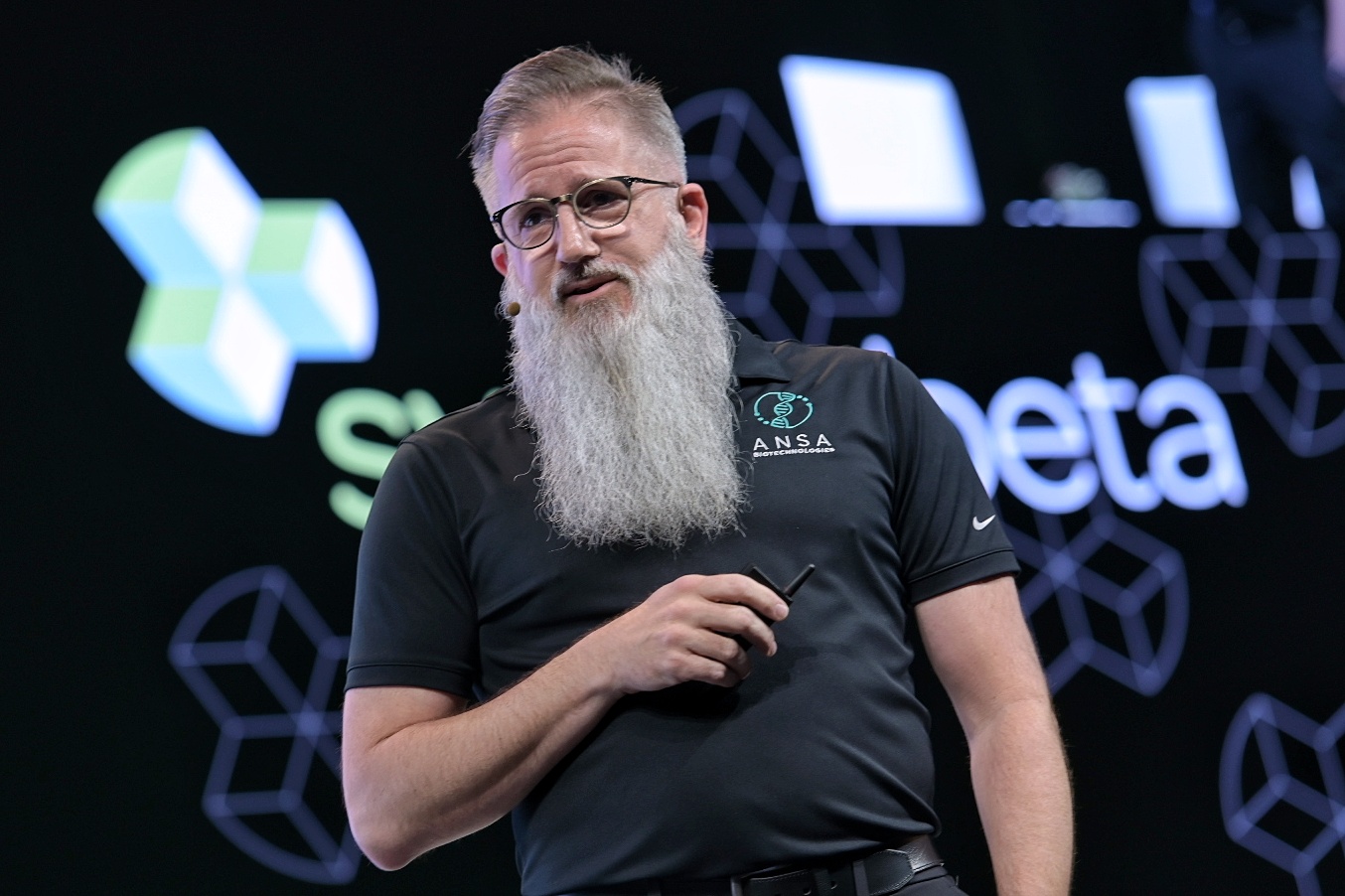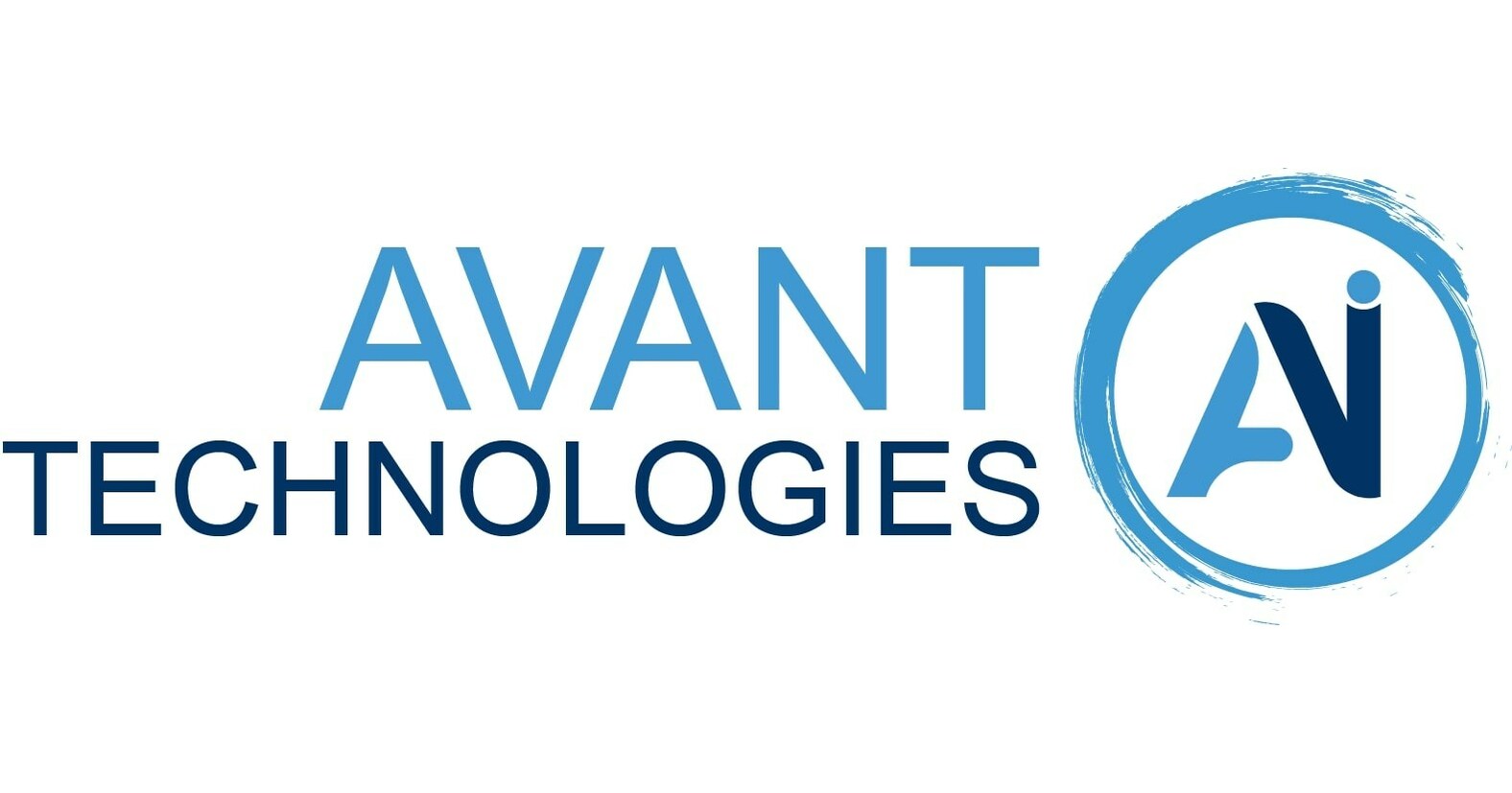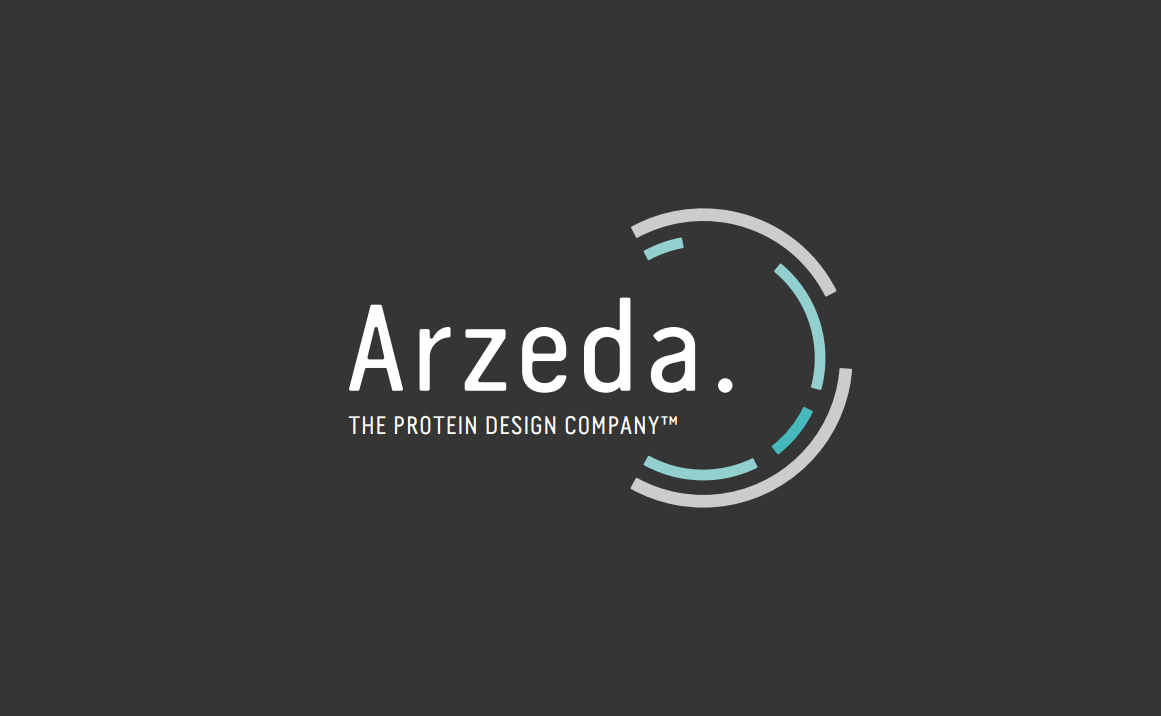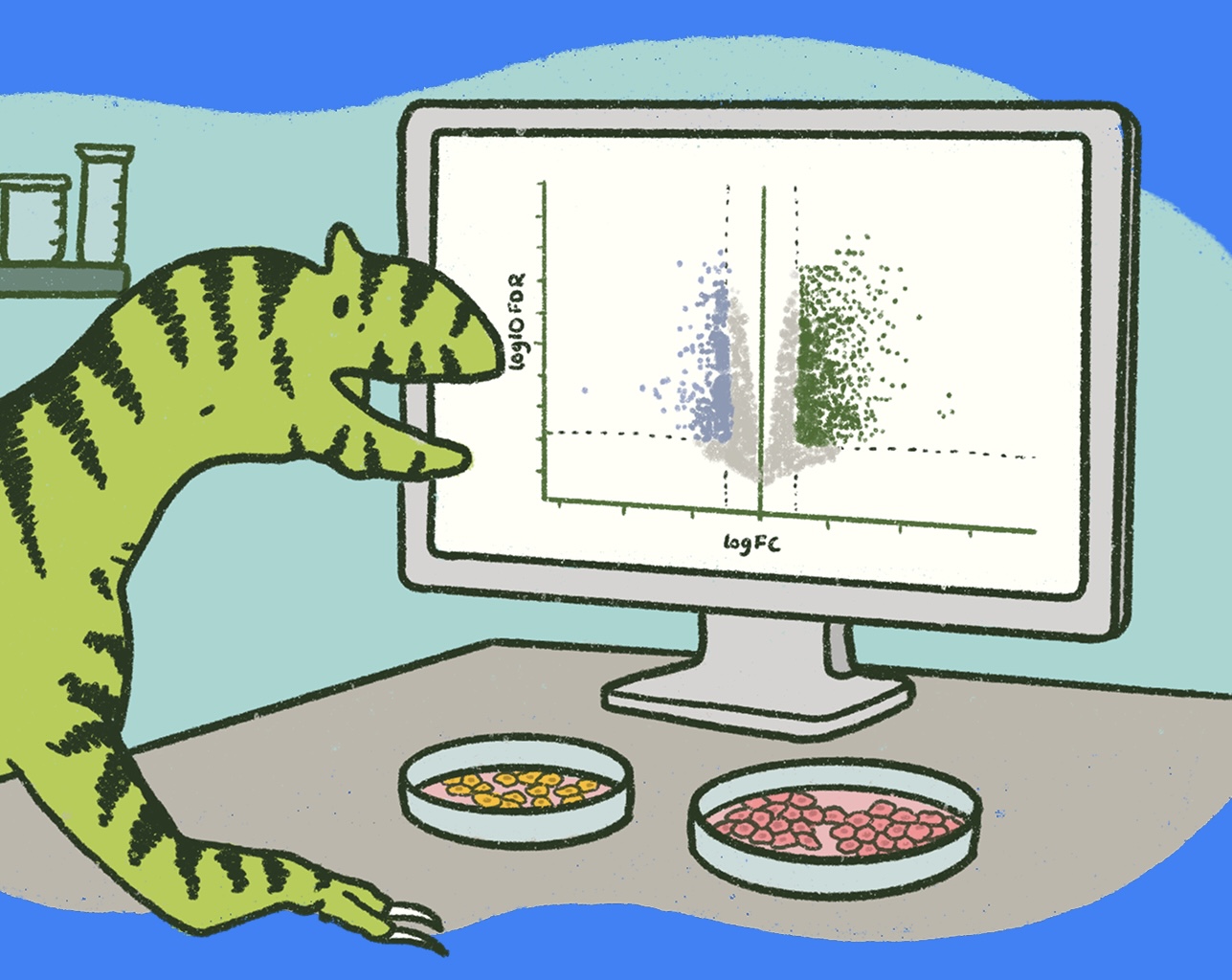Shouting from the Ivory Tower: We need more STEM-friendly public figures to give science a voice
For many people, science is mythical, secretive, and at times dangerously elitist.Scientific research is always there, invisibly chugging away, informing climate change policy, public health, medicine development, education, and food production. But the public only sees the tip of the iceberg. It’s nearly impossible to swim through the vast sea of research without drowning; sometimes, even a seasoned researcher can barely understand an academic paper in a field not directly related to their own. Too often, research is discussed in a vacuum among small groups of specialized scientists, with results kept behind closed doors and paywalls. Without open collaboration, every lab risks stranding itself on a desert island, shouting its findings out to sea.

Image credit: Mark Parisi, Off the Mark ComicsPeople outside the ivory tower are forced to get their information from bigger entities and public figures they trust. This might include educational media like TV shows by NOVA or the BBC. For the most part, however, trusted sources include news outlets, Facebook friends, science magazines, politicians, research polls, Reddit, favorite celebrities, even the Pope.
The problem is, if these resources are not science-friendly, their followers won’t be either.
Ever since actress Jenny McCarthy further publicized disgraced physician Andrew Wakefield’s falsified paper linking the MMR vaccine to autism, the latest anti-vaccine movement gained traction, vaccination rates slowed dramatically, and we’ve seen major resurgences of diseases like measles resulting in tens of thousands of preventable deaths. Hers was a voice heard around the world, and her influence was deadly. It’s already extremely difficult for a non-scientist to dissect fact from fiction when it comes to a subject like vaccines. But the false MMR-vaccine “link” had an extra dangerous element: It had a real scientific study behind it, from a prestigious journal, The Lancet. Why should people doubt the science?The problem is that anti-vaccine attitudes are based in fear, which stems from inadequate understanding of the science. The MMR-vaccine paper made people fear for their children’s safety. Even 20 years later, that’s a difficult thing to reverse. The MMR-vaccine myth has been debunked time and again, but the effect of that fear persists. In 2015, 1 in 10 Americans still believed that vaccines cause autism, despite several large-scale studies (including those by the CDC) rejecting the idea. In 2015, according to the 2016 Vaccine Confidence Project, 30-41% of study subjects in France strongly disagreed that vaccines are safe. The list goes on. While the scope of scientific research continues to grow, public trust in science doesn’t seem to grow with it. This distrust is only deepened by scientists like Andrew Wakefield.This extends beyond vaccinations. A 2015 report by the Pew Research Center found that 79% of adults viewed science in a positive light. However, when it came to individual issues, there were large gaps between what experts found and what the public believed. Take genetically modified organisms (GMOs): 88% of representative scientists stated that GMOs are generally safe to eat. Surprisingly, only 37% of representative adults in the U.S. agreed. Global warming trailed close behind: 87% of scientists stated that climate change is mostly due to human activity, but only 50% of adults agreed.In an age where research has reached a competitive frenzy, scientists’ findings are more high-level, more nuanced, and more jargon-filled than ever. Carl Sagan, Neil DeGrasse Tyson, Richard Feynman; those famous scientists who also happen to be excellent public speakers are few and far between. It’s the priority of most researchers to communicate their findings not to lay people, but to other researchers in their field. If scientists don’t appear to care whether their work reaches the public, why should the public blindly trust their judgment?
We, as researchers, need more trustworthy STEM-friendly public figures to give us a voice.
We already know that celebrities are no stranger to the concept of using their public platform. Leonardo DiCaprio put the spotlight to good use in 2016, when he used his Oscar acceptance speech for “The Revenant” to talk about the seriousness of global warming. By doing this, he reached over 30 million Oscars viewers and had a far greater impact on the climate change conversation than even the most charismatic climate researcher. Imagine the positive impact if more celebrities would promote healthy living, vaccinations, or cheaper pharmaceuticals.This concept must also be applied to elected politicians, many of whom still freely deny that humans have pushed climate change beyond natural limits. There’s no way to convince a science-denying politician; the answer, instead, is to replace them with forward-thinking ones who will appoint real-life researchers as their advisors. Famously science-positive Canadian Prime Minister Justin Trudeau appointed cardiology researcher Dr. Mona Nemer as his chief science advisor in 2017. French president Emmanuel Macron has taken an active interest in engaging and funding climate change researchers, recruiting scientists through his Make Our Planet Great Again initiative. German Chancellor Angela Merkel, who has a PhD in physical chemistry, maintains Germany as a world leader in science, technology, and sustainable energy.Such politicians, if they can help educate the public about science-based issues in the world, can help to garner more votes for other science-positive politicians. 314 Action, named after the first three digits of pi, is an increasingly influential grassroots nonprofit founded in 2016 to support STEM-friendly politicians. The organization has encouraged scientists who would otherwise have never considered running for office to step into the spotlight. In fact, with the support of 314 Action, 30 scientists turned congressional candidates currently have 2018 on their radar, including (among others) a pediatrician, a psychologist, an engineer, and a stem cell researcher.
Grassroots movements empower public engagement in science.
Unsurprisingly, political leanings are the biggest hurdle. In 2015, Pope Francis wrote a widely celebrated public letter in an effort to describe the urgency of the planet’s declining health. Soon after, he gave a speech of similar sentiment to the U.S. Congress, imploring them to take action. The Catholic community is massive; in 2013, there were more than 1.2 billion Roman Catholics in the world, 85 million in the United States alone. Overall, the Pope’s statement led to an increase in public engagement with the climate change conversation. However, party lines make the issue far more complicated. The statement had the greatest positive effect on liberal Catholics, though most of them were already convinced of the climate change problem; however, after the statement, conservative Catholics’ trust in the Pope actually decreased significantly.When we consider how difficult it is for even the Pope to convince his conservative followers of the merits of science, we might begin to understand the challenge -- and the importance -- of electing STEM-friendly politicians. Considering most scientists tend to lean to the left, it is all the more crucial for groups like 314 Action to reach out to Republican scientists; this may be counterintuitive, but right-wing scientists have a much greater hope of appealing to conservative voters. Currently, the group limits itself to Democrats.Even with the challenge of reaching across party lines, science-positive public figures are the way for us, as a research community, to connect with the divided public. They are our best line of defense against the Jenny McCarthys of the world. They are our messengers for research findings; they are among the few who can hope to convince enough people that vaccines are both safe and critically important, the word “GMO” isn’t always bad, electric cars are awesome, teenagers need sleep, sugar is poison, microbeads are terrible, and global warming is definitely our fault.



.svg)











-min.png)
.gif)